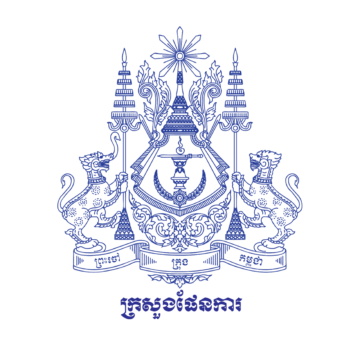Child Sexual Abuse and Exploitation (CSAE) in IDPoor
Protecting Vulnerable Children: Addressing Child Sexual Abuse and Exploitation (CSAE) in IDPoor
Introduction
Child sexual abuse and exploitation (CSAE) is a grave violation of human rights that affects millions of children worldwide. In Cambodia, vulnerable children—especially those from poor and at-risk households—face heightened risks of exploitation due to economic hardship and social inequalities. The Identification of Poor Households Programme (IDPoor) plays a crucial role in safeguarding these children by ensuring targeted social assistance reaches those most in need.
Understanding CSAE and Its Impact
CSAE encompasses a range of harmful activities, including child trafficking, online exploitation, grooming, and sexual abuse. The consequences of CSAE are devastating, leading to long-term psychological trauma, social stigma, and barriers to education and economic opportunities.
Google’s Child Safety Standards emphasize the importance of preventing CSAE through proactive measures, including:
- Strict policies against CSAE content.
- Advanced detection technologies to identify and remove harmful material.
- Collaboration with global organizations to combat online exploitation.
IDPoor’s Role in Protecting At-Risk Children
The IDPoor Programme, established by the Government of Cambodia, is a vital tool for identifying and supporting poor and at-risk households. By providing Equity Cards, IDPoor ensures that vulnerable families have access to essential social assistance, reducing the likelihood of children falling prey to exploitation.
Implementers of the IDPoor procedure, the Commune Sangkat Working Group for IDPoor and the Commune Sangkat Councils, are obliged to follow the National Policy on Child Protection System 2019–2029, which serves as a strategic roadmap for safeguarding children’s rights and well-being across Cambodia. Commune/Sangkat regulations, Cambodia’s national policies, and local implementation mechanisms collectively address child sexual abuse and exploitation.
Key Objectives of IDPoor in CSAE Prevention
- Accurate Identification taking child vulnerability into account – IDPoor uses a community-driven proxy means test to identify households living below the poverty line. There are designated variables that capture the vulnerability children such as the share of children 0-14 among household members, children 0-14 dropping out of school and as special vulnerabilities the questionnaire records “only children households” and domestic violence.
- Data-Driven Support – The programme provides regularly updated reports to government and non-governmental agencies, enabling targeted interventions.
- Digital Transformation – The IDPoor App streamlines data collection, ensuring efficiency in identifying at-risk households.
Strengthening CSAE Prevention Through Technology
Google’s Safety Standards advocate for the use of technology to combat CSAE. IDPoor aligns with this approach by leveraging digital tools to enhance the identification and protection of vulnerable children. By integrating data-sharing mechanisms, IDPoor enables organizations to provide education, healthcare, and social protection to at-risk children.
Call to Action
Preventing CSAE requires collaboration between governments, NGOs, tech companies, and communities. IDPoor remains committed to reducing poverty and protecting vulnerable children through data-driven social assistance. By working together, we can create a safer future for Cambodia’s children.
